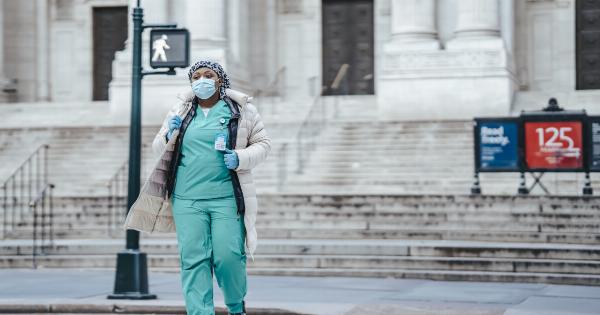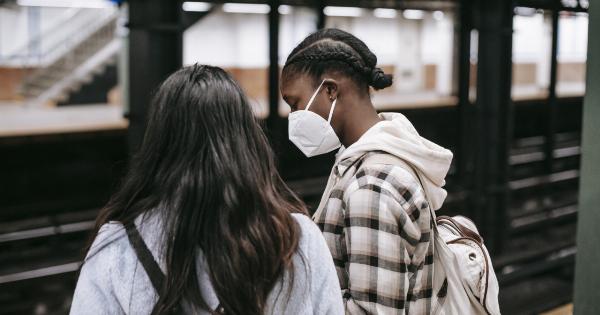Tuberculosis (TB) is a contagious bacterial infection that typically affects the lungs. It can present itself as a latent or active TB infection. Latent TB means the bacteria remains in one’s body without showing symptoms or causing illness.
Active TB, on the other hand, is when the bacteria is causing symptoms and illness. The disease is particularly pervasive in developing countries, but it still affects people in the United States. According to the Centers for Disease Control and Prevention (CDC), there were 9,025 TB cases in the United States in 2018.
What is multi-resistant tuberculosis?
Over time, some types of TB bacteria have become resistant to certain drugs. This means that the drugs are no longer able to kill the bacteria.
TB bacteria can develop resistance to a single drug (single-resistant TB) or to multiple drugs (multi-resistant TB). Multi-resistant TB (MDR-TB) is a type of tuberculosis that is resistant to at least two of the most powerful anti-TB drugs, isoniazid, and rifampicin.
These drugs are essential to effectively treat TB, so drug resistance makes it much harder to treat the disease.
What Causes MDR-TB?
MDR-TB develops when the TB bacteria are exposed to drugs but doesn’t get killed by them. This is because the bacteria undergoes changes that allow it to resist the drugs.
According to the World Health Organization (WHO), inadequate treatment of TB, not completing the full course of treatment, or using poor quality drugs are some of the main reasons for drug resistance. Poor infection control practices can also contribute to the development of MDR-TB.
MDR-TB in the United States
MDR-TB is a major concern in the United States. According to the CDC, there were 98 cases of MDR-TB in the United States in 2018.
While this may seem like a small number, it’s important to note that treating MDR-TB is much more complicated than treating regular TB. There are only a limited number of drugs available to treat MDR-TB, which means that treatment can be a long and difficult process.
This can increase the risk of developing a more severe form of the disease, known as extensively drug-resistant TB (XDR-TB).
What is XDR-TB?
XDR-TB is even more resistant to antibiotics than MDR-TB. It’s resistant to the same drugs as MDR-TB, as well as some of the second-line drugs used to treat MDR-TB. According to the CDC, there were 8 cases of XDR-TB in the United States in 2018.
The Dangers of MDR-TB and XDR-TB
The emergence of MDR-TB and XDR-TB presents a grave public health challenge, especially in a country like the United States with advanced medical facilities and healthcare services.
Both of these conditions are much harder to treat than regular TB, and XDR-TB in particular is almost impossible to treat. People with these conditions often require long hospital stays and may require surgery to remove affected tissue. They may also need to take multiple expensive and toxic medications with potentially serious side effects.
The infections can be life-threatening, and people with weakened immune systems are especially vulnerable to MDR-TB and XDR-TB.
Prevention and Treatment
The best way to prevent MDR-TB and XDR-TB is to prevent TB from spreading by maintaining good infection control in healthcare facilities.
Additionally, it’s important to prevent TB from becoming drug-resistant by ensuring that TB patients complete the full course of treatment and receive high-quality medicines. People who have TB should take all their medicines as directed, including those who partake in self-medication. It’s important that they also perform regular check-ups with a doctor and to avoid close contact with someone with active TB disease.
Treating MDR-TB involves using a combination of drugs that the bacteria are still susceptible to over the course of two years, in contrast to the six-month treatment for non-resistant TB.
Treatment outcomes depend on different factors, including the severity of the disease, how long the person has had the disease, and how well the person follows the treatment plan. While it is difficult to treat MDR-TB, it is still possible to cure it. However, the best cure of MDR-TB is prevention.
Conclusion
MDR-TB and XDR-TB are ticking bombs in our society. People with these conditions face challenges and obstacles that are much more severe and potentially deadly than regular TB patients.
Preventing the spread of TB and ensuring that TB patients receive appropriate and effective treatment are key to controlling MDR-TB and XDR-TB. Individuals should keep themselves informed of the risks and seek immediate healthcare advice on any symptoms or issues relating to TB or MDR-TB or XDR-TB.






























